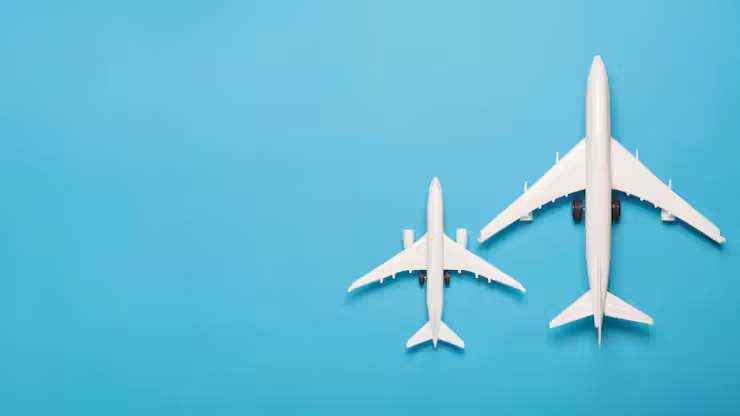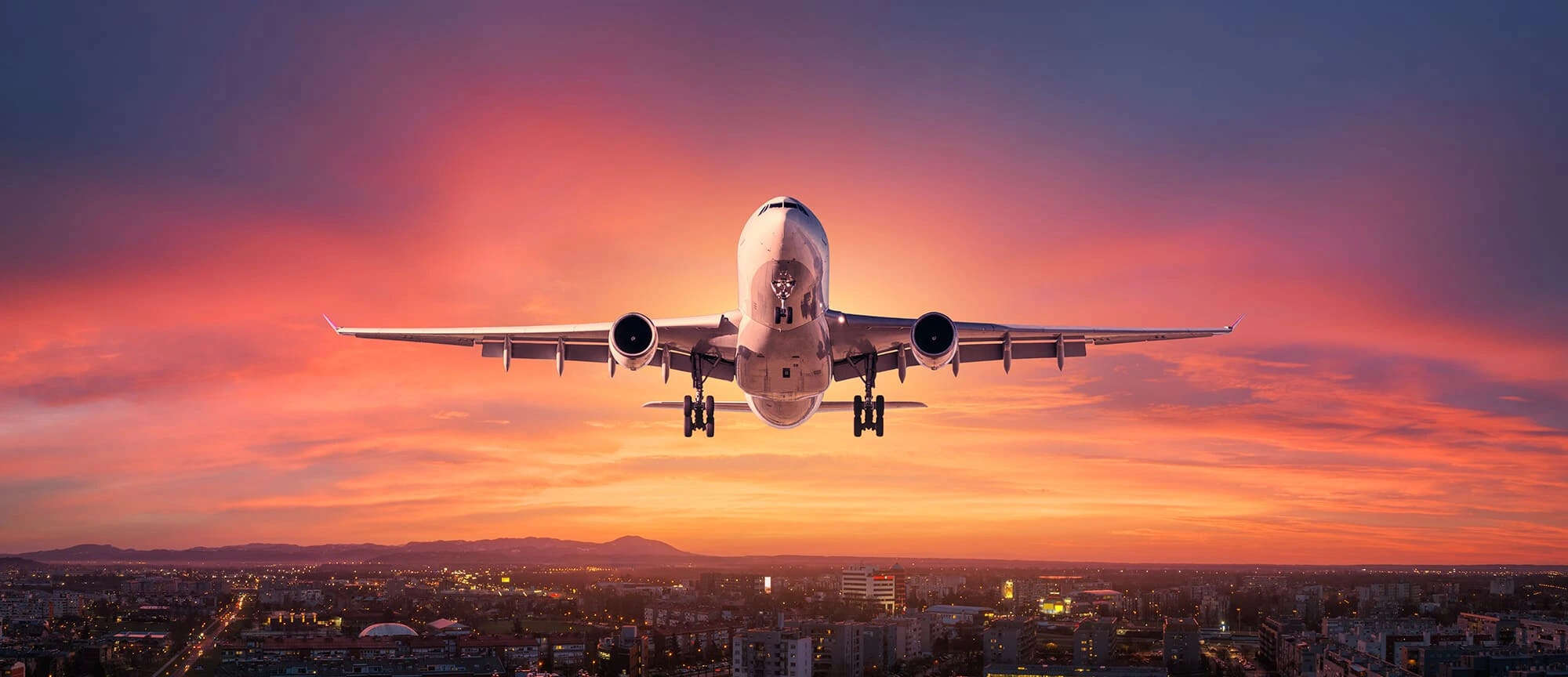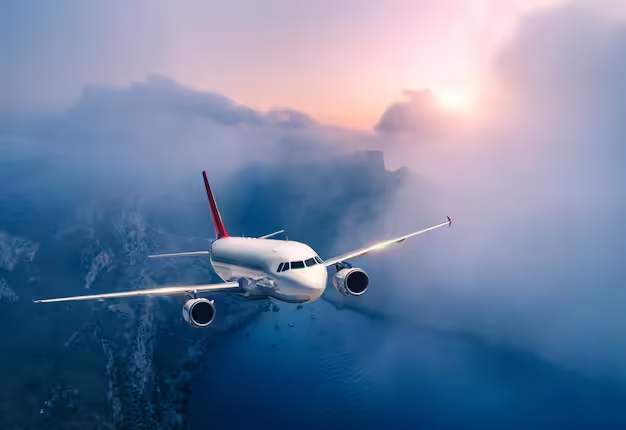Why Are Airplanes Painted White? The Science and Safety Explained

Have you ever wondered why almost every commercial airplane is painted white? While it may seem like a simple design choice, there’s a fascinating blend of science, safety, and economics behind it. Here’s a deep dive into why white is the go-to color for aircraft around the world.
Reflecting Heat and Protecting the Aircraft
Airplanes are exposed to intense sunlight at high altitudes, where temperatures and UV radiation can be extreme. White paint reflects most of this sunlight, helping to keep the aircraft’s body and interior cooler. Darker colors absorb more heat, which can increase the strain on air conditioning systems and potentially affect the aircraft’s structural materials over time.
Reducing Structural Fatigue
Temperature fluctuations can expand and contract an airplane’s metal body. By reflecting heat, white paint helps minimize these thermal stresses, reducing long-term wear and fatigue on the fuselage. This is a subtle but crucial factor in maintaining the aircraft’s structural integrity over decades of service.

Safety and Visibility
Safety is another critical reason airplanes are painted white. White planes are more visible against the backdrop of sky, clouds, and landscapes, making them easier to spot during both flight and on the ground. In emergency situations or during aerial inspections, this enhanced visibility can be a lifesaver.
Cost and Maintenance Benefits
White paint has practical maintenance advantages. Scratches, dents, and leaks are easier to detect on a white surface, allowing airlines to conduct quicker inspections and repairs. Additionally, white paint fades less noticeably than darker shades, reducing the need for frequent repainting, which can cost millions over an aircraft’s lifetime.

Resale Value
White airplanes are easier to repaint with new airline branding, making them more attractive in the resale market. Airlines frequently sell used aircraft to other carriers, and a neutral color like white minimizes customization costs for the next owner.
Weight Considerations
Although it may seem minor, paint adds weight to an airplane. Darker colors often require multiple layers to achieve a consistent finish, slightly increasing the plane’s overall weight and fuel consumption. White paint is more efficient in this respect, contributing to subtle fuel savings over time.

Painting airplanes white isn’t just an aesthetic choice it’s a combination of science, safety, efficiency, and economics. From reflecting heat and reducing maintenance costs to improving visibility and resale value, white has proven itself as the most practical color for aviation. So next time you look up and see a white airplane cruising overhead, you’ll know it’s not just for looks—it’s a carefully calculated choice.
Reflecting Heat and Protecting the Aircraft
Airplanes are exposed to intense sunlight at high altitudes, where temperatures and UV radiation can be extreme. White paint reflects most of this sunlight, helping to keep the aircraft’s body and interior cooler. Darker colors absorb more heat, which can increase the strain on air conditioning systems and potentially affect the aircraft’s structural materials over time. Reducing Structural Fatigue
Temperature fluctuations can expand and contract an airplane’s metal body. By reflecting heat, white paint helps minimize these thermal stresses, reducing long-term wear and fatigue on the fuselage. This is a subtle but crucial factor in maintaining the aircraft’s structural integrity over decades of service.
Safety and Visibility
Safety is another critical reason airplanes are painted white. White planes are more visible against the backdrop of sky, clouds, and landscapes, making them easier to spot during both flight and on the ground. In emergency situations or during aerial inspections, this enhanced visibility can be a lifesaver.Cost and Maintenance Benefits
White paint has practical maintenance advantages. Scratches, dents, and leaks are easier to detect on a white surface, allowing airlines to conduct quicker inspections and repairs. Additionally, white paint fades less noticeably than darker shades, reducing the need for frequent repainting, which can cost millions over an aircraft’s lifetime. 
Resale Value
White airplanes are easier to repaint with new airline branding, making them more attractive in the resale market. Airlines frequently sell used aircraft to other carriers, and a neutral color like white minimizes customization costs for the next owner. Weight Considerations
Although it may seem minor, paint adds weight to an airplane. Darker colors often require multiple layers to achieve a consistent finish, slightly increasing the plane’s overall weight and fuel consumption. White paint is more efficient in this respect, contributing to subtle fuel savings over time.
Painting airplanes white isn’t just an aesthetic choice it’s a combination of science, safety, efficiency, and economics. From reflecting heat and reducing maintenance costs to improving visibility and resale value, white has proven itself as the most practical color for aviation. So next time you look up and see a white airplane cruising overhead, you’ll know it’s not just for looks—it’s a carefully calculated choice.
Next Story